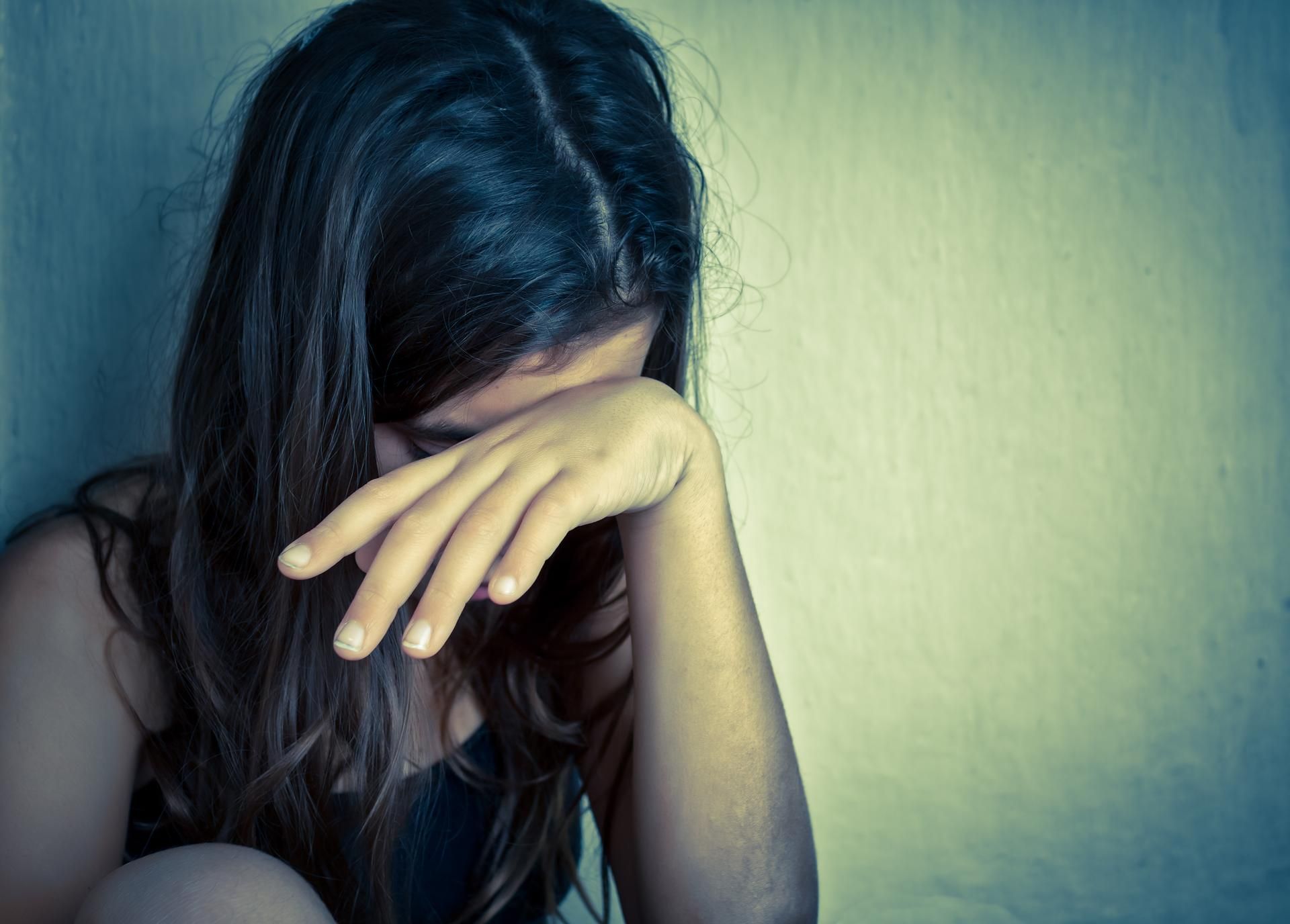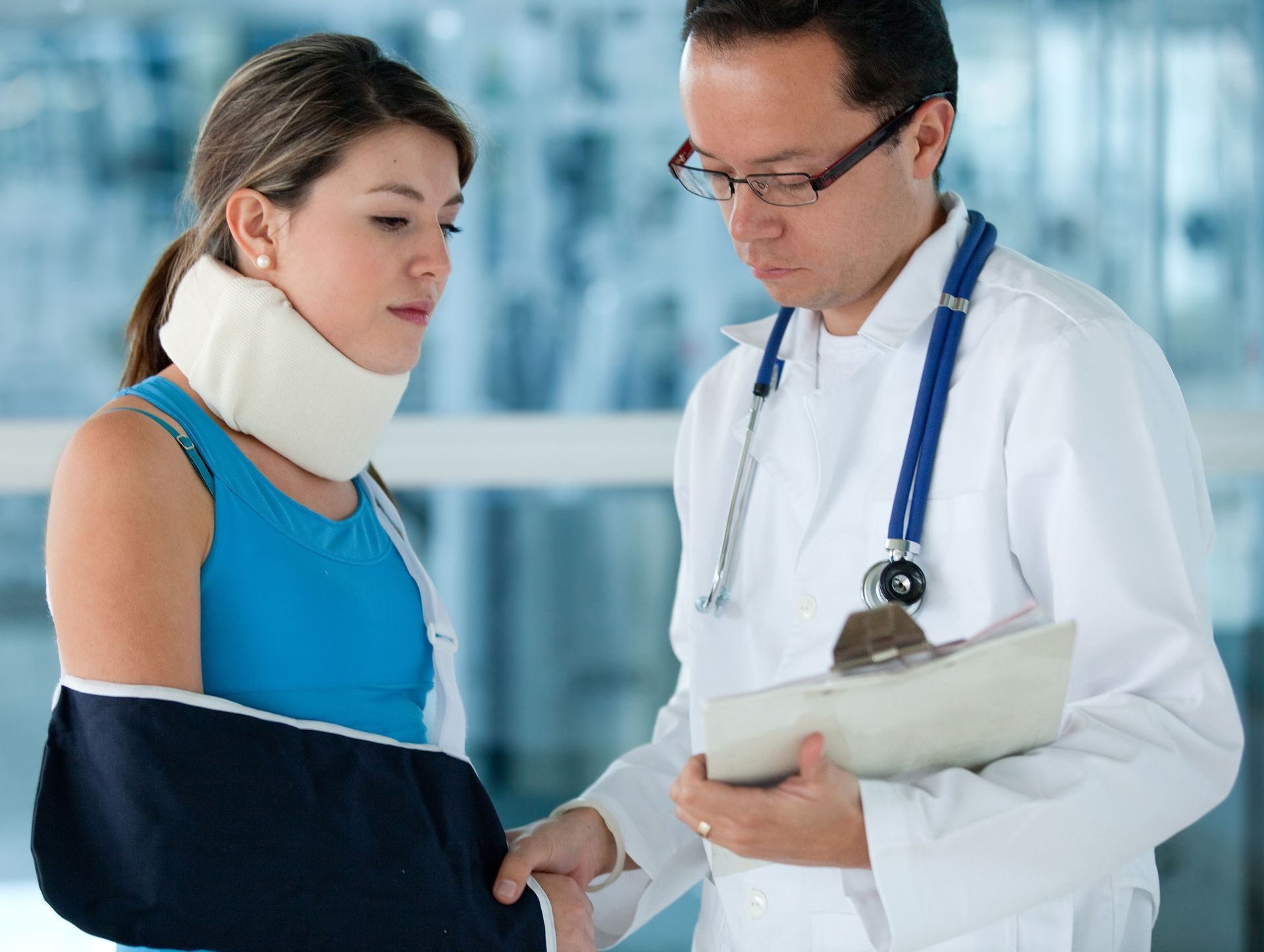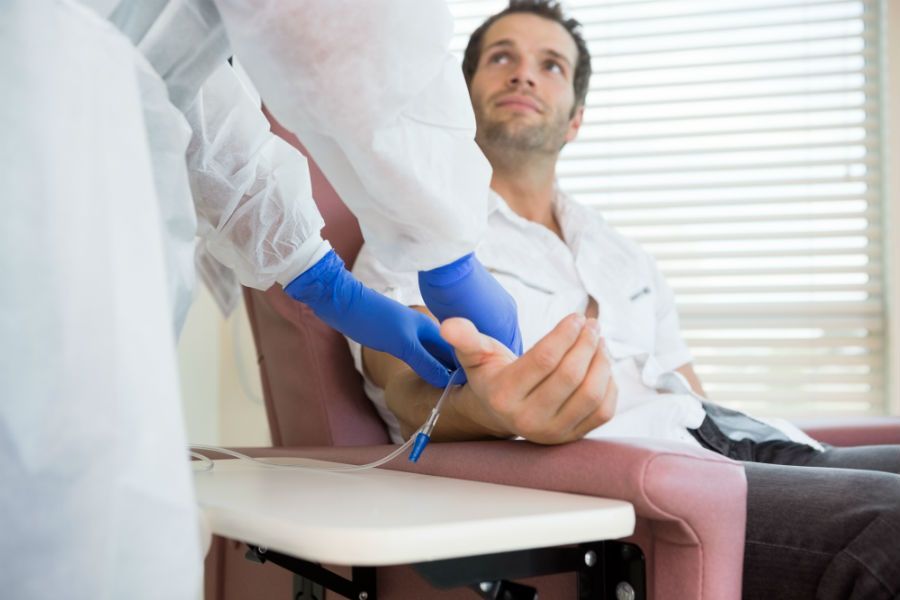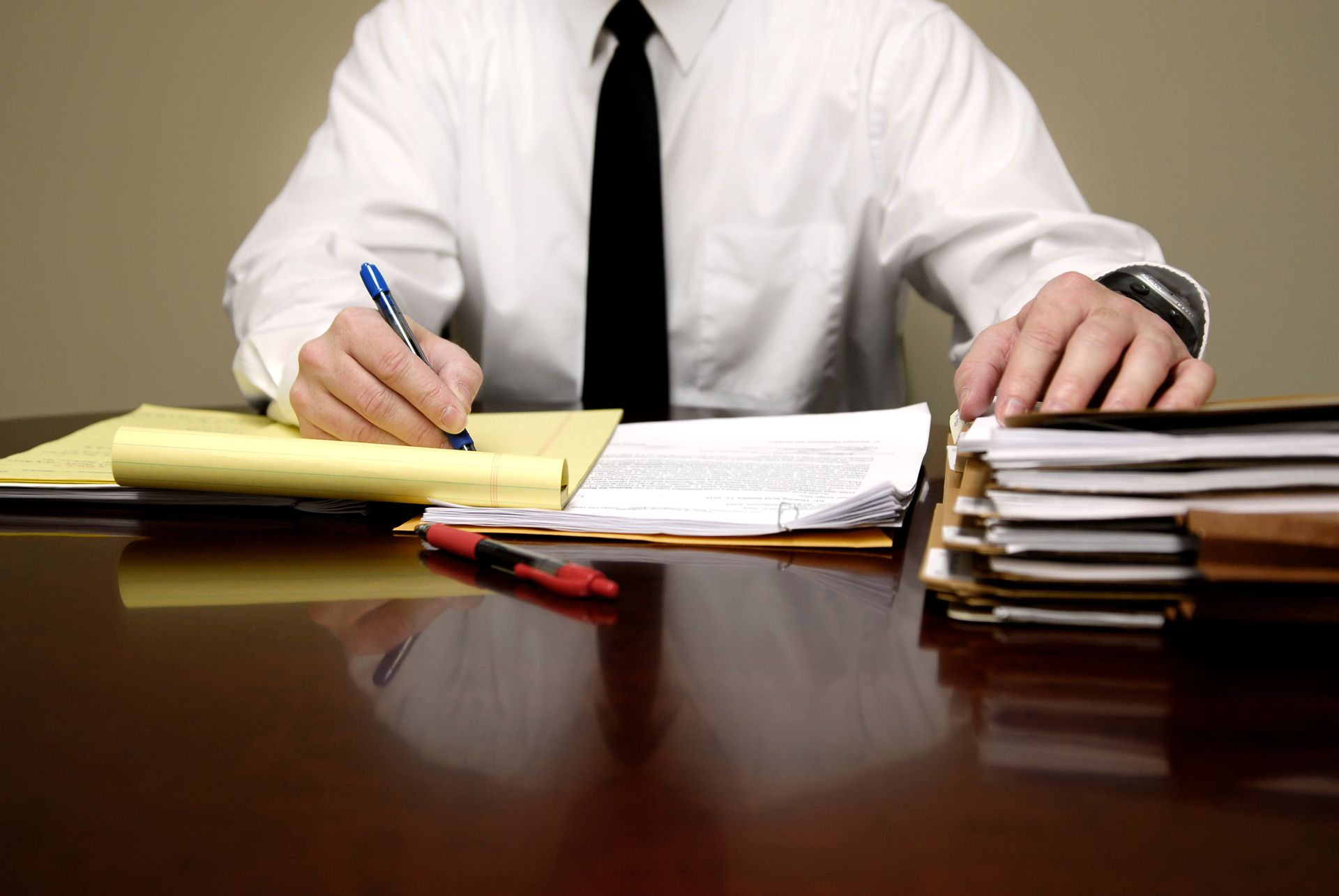Tips To Effectively Capture Accident Scene Photos After a Car Crash

In the unfortunate event of a car crash, you'll need to properly document the accident scene to paint an accurate picture for your lawyer and insurance company. Clear and informative photos demonstrate the extent of damage and serve as solid evidence in case of a dispute.
Explore a few tips to help you take accident scene photos correctly if you want to pursue a car accident claim.
Capture the Full Scene
The accident photos should include all the vehicles involved in the crash and their positions after the fact. Take photos from different angles, including close-up shots of any visible damage. Good vehicular damage photos include dents, scratches, broken windows, bent frames, flat tires, and damaged headlights or taillights.
If there is debris or other evidence at the accident scene, capture that as well. Photographs of skid marks, traffic signs, and road conditions can also tell a story about what happened.
Your lawyer will use these photos to establish the sequence of events, contributing factors, and parties involved. The visual evidence helps your lawyer reconstruct the accident, identify potential witnesses, and pinpoint possible negligence.
If you fail to capture a complete picture of the scene, you might inadvertently omit important details that could help prove liability. You might even leave room for an opposing party to dispute your account of the incident.
To ensure thorough documentation and accuracy, take more photos than you think you need. And if possible, use a camera or phone with high resolution to take your photos. This way, you can capture sharper and more detailed images to use in court.
Timestamp Your Photos
Timestamps are an excellent way to verify the date and time of the accident. They can help refute any false claims about when the accident occurred. Your lawyer can use timestamps to prove that the crash happened at a certain time and on a certain day to support what you claim.
A timestamp can also confirm certain conditions at the time of the crash, like poor lighting or bad weather. These conditions can sometimes affect the outcome of a case and could provide a sensible explanation of what happened.
For instance, rain or snow on the ground could suggest that the at-fault driver drove way too fast for that weather. This evidence proves negligence on the driver's part and their disregard for safe driving, which could strengthen your case.
Similarly, poor lighting conditions could point to a driver's inability to see and avoid obstacles on the road. This evidence suggests that the other party didn’t pay enough attention and could be held responsible for the crash.
To add a timestamp to your photos, use a smartphone app that details the time and date of each picture. Alternatively, you can manually enter the timestamps in the photo metadata or description. Any timestamp mistakes could cause confusion and discredit your evidence, so make sure you get everything right.
Document Your Injuries
Immediately after a car accident, take photos of your injuries, no matter how minor. Include pictures of any bruises, scrapes, cuts, and other physical trauma you sustained in the crash.
These photos act as evidence and help corroborate your version of events. The pictures can also support your claim for medical expenses, lost wages, and other related damages.
Make sure you take pictures in good lighting and from multiple angles. If possible, label the photos with a description of the injury and its location. This way, you can easily explain the injury details to your lawyer and other parties involved.
Your lawyer can use these photos to show how severe the injury was, what kind of medical treatment you received, and how long it took to heal. They'll use the evidence to demonstrate the extent of your injuries and prove that you deserve fair compensation.
At Spiegel & Barbato Attorneys At Law, we know that photos can profoundly impact the outcome of your case. Give us a call today for legal advice on how to use accident scene photos to your advantage.












































































